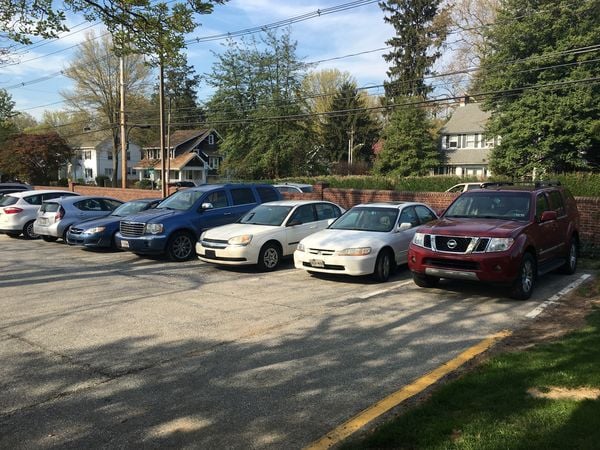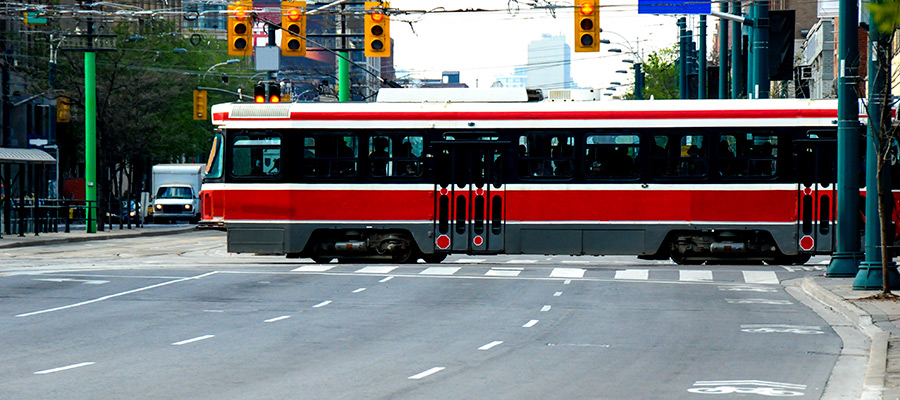
It’s safer to back into parking spaces
Road safety: It’s safer to back into parking spaces. Why most don’t drivers do it?
(Excerpts from an article by Ben Yagoda)

Backed in cars on the University of Delaware campus
Every year, some 300 people are killed and 18,000 are injured by drivers who are backing up, usually in driveways or parking lots. There’s a simple way to prevent a lot of these accidents: We could back into parking space so that we don’t have to back out.
In a parking lot, the AAA thinks we should back in, recommending that “drivers reverse into parking spaces whenever possible, except where prohibited by law or parking lot restrictions.”
And yet most of drivers don’t do this.
In “Predicting productivity gains from parking behavior,” a 2014 article published in the International Journal of Emerging Markets, author Shaomin Li, a professor of management at Old Dominion University, describes visiting Taiwan. He notices that, in contrast to the US, most drivers there backed into spaces: “Needless to say, back-in parking takes more time and effort than head-in parking. Yet, it is easier, quicker, and safer when exiting. Thus we may conjecture that people take the trouble to back in demonstrate the ability to delay gratification; they want to invest more time and effort now so they can enjoy the fruits of their labor later. They demonstrate a culture of long-term orientation.”
Li took photographs of how cars were parked in US and Taiwan lots, and had friends do the same in the so-called BRIC countries—Brazil, Russia, India, and China.
The percent backed-in was:
US: 5.7
Brazil: 17.1
India: 25.4
Russia: 35
Taiwan: 59.4
China: 88
Read this interesting and informative article by Ben Yagoda, professor of journalism at the University of Delaware and the author, most recently, of The B Side: The Death of Tin Pan Alley and the Rebirth of the Great American Song.
If you or a loved one has endured a catastrophic injury, contact Strype Injury Lawyers team now to book your free initial consultation.
